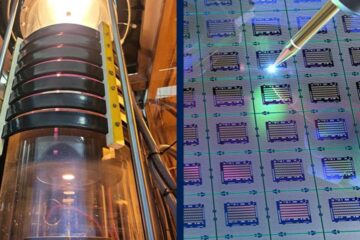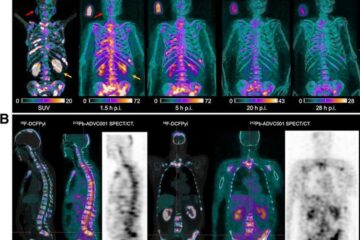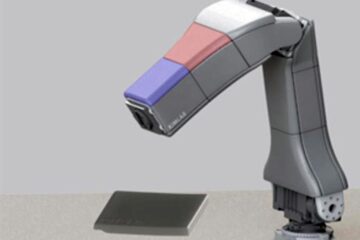Large chain restaurants appear to be voluntarily reducing calories in their menu items

New research from the Johns Hopkins Bloomberg School of Public Health finds that large chain restaurants, whose core menu offerings are generally high in calories, fat and sodium, introduced newer food and beverage options that, on average, contain 60 fewer calories than their traditional menu selections in 2012 and 2013.
Researchers say this could herald a trend in calorie reduction in anticipation of expected new federal government rules requiring large chain restaurants – including most fast-food places – to post calorie counts on their menus. The appearance of menu items containing 12 percent fewer calories could have a significant impact on the nation's obesity epidemic, they say.
The findings appear in the October issue of the American Journal of Preventive Medicine.
On a typical day, studies have shown, 33 percent of young children, 41 percent of adolescents and 36 percent of adults, eat at fast-food restaurants, with an average intake of 191 calories, 404 calories, and 315 calories, respectively.
“If the average number of calories consumed at each visit was reduced by approximately 60 calories — the average decline we observed in newly introduced menus in our study — the impact on obesity could be significant,” says Sara N. Bleich, PhD, an associate professor in the Department of Health Policy and Management at the Bloomberg School, and lead author of the study.
Using data from MenuStat, researchers looked at menu options in 66 of the 100 largest U.S. restaurant chains for 2012 and 2013. The newer, lower-calorie items fell into the categories of main course, beverages and children's menus, they found.
But, the research shows, these restaurants, for the most part, aren't offering lower-calorie versions of signature dishes like their high-calorie burgers or pizzas. Instead, the new items that are lower in calories are mostly in different categories such as salads. Some restaurants introduced new burgers, for example, but their calorie counts tended to be more in line with the original items.
“You can't prohibit people from eating fast food, but offering consumers lower calorie options at chain restaurants may help reduce caloric intake without asking the individual to change their behavior – a very difficult thing to do,” Bleich says. “Given that the federal menu-labeling provisions outlined in the 2010 Affordable Care Act are not yet in effect, this voluntary action by large chain restaurants to offer lower calorie menu options may indicate a trend toward increased transparency of nutritional information, which could have a significant impact on obesity and the public's health.”
“Calorie changes in chain restaurant menu items: Implications for obesity and evaluations of menu labeling” was written by Sara N. Bleich, PhD; Julia A Wolfson, MPP; and Marian P. Jarlenski, PhD. The study was supported by a grant from the National Heart, Lung and Blood Institute (5K01HL096409).
Media Contact
All latest news from the category: Health and Medicine
This subject area encompasses research and studies in the field of human medicine.
Among the wide-ranging list of topics covered here are anesthesiology, anatomy, surgery, human genetics, hygiene and environmental medicine, internal medicine, neurology, pharmacology, physiology, urology and dental medicine.
Newest articles

Silicon Carbide Innovation Alliance to drive industrial-scale semiconductor work
Known for its ability to withstand extreme environments and high voltages, silicon carbide (SiC) is a semiconducting material made up of silicon and carbon atoms arranged into crystals that is…

New SPECT/CT technique shows impressive biomarker identification
…offers increased access for prostate cancer patients. A novel SPECT/CT acquisition method can accurately detect radiopharmaceutical biodistribution in a convenient manner for prostate cancer patients, opening the door for more…

How 3D printers can give robots a soft touch
Soft skin coverings and touch sensors have emerged as a promising feature for robots that are both safer and more intuitive for human interaction, but they are expensive and difficult…





















